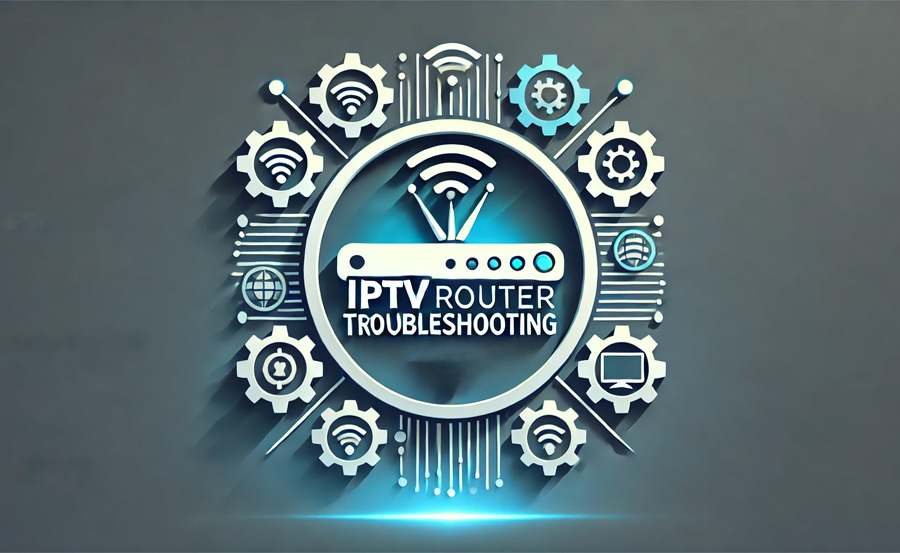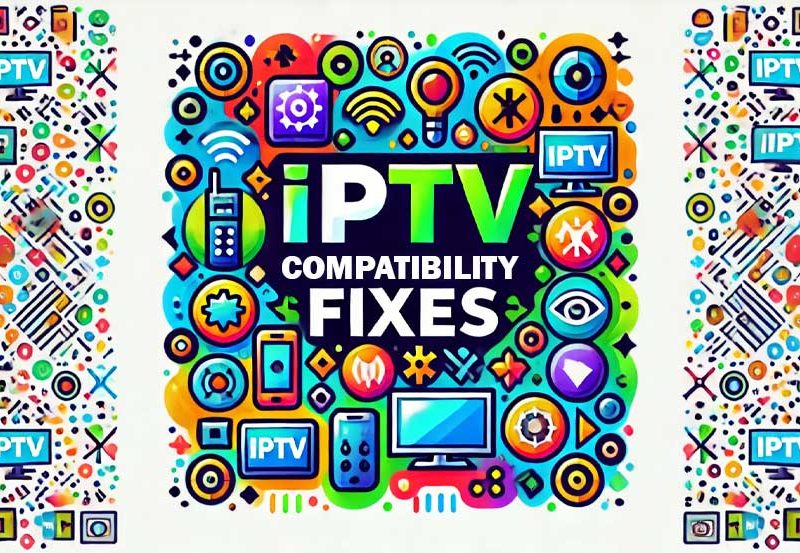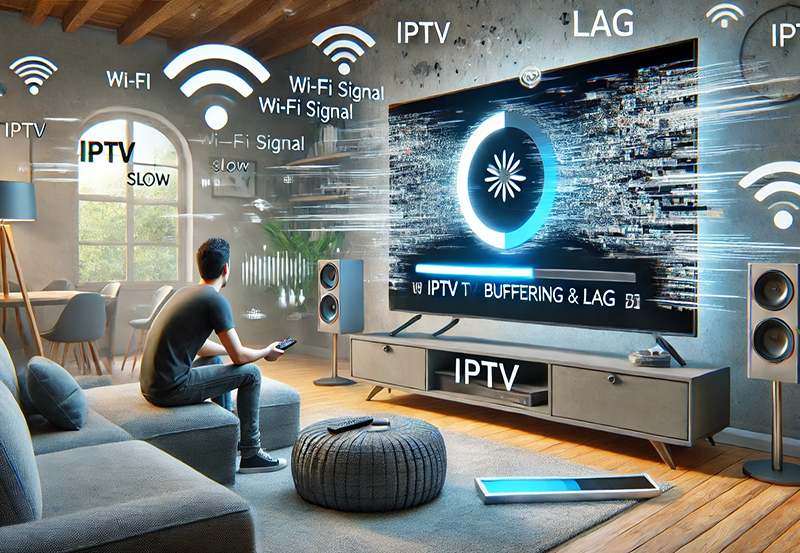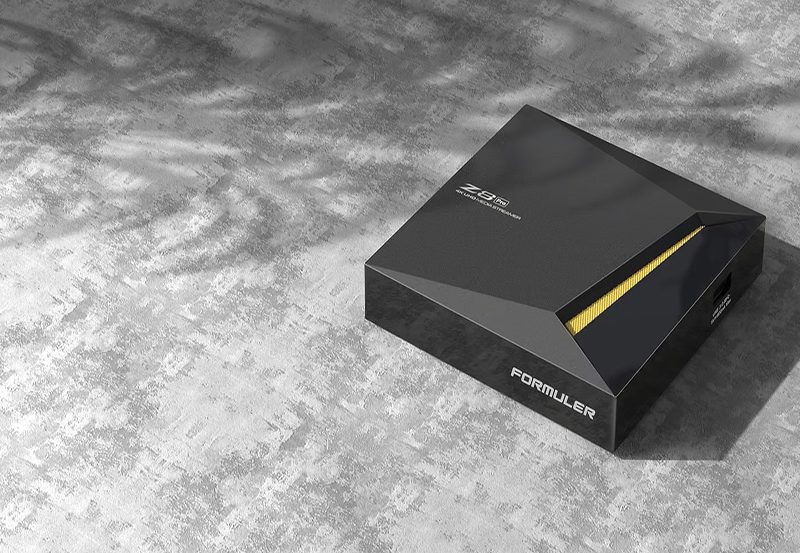The world of IPTV (Internet Protocol Television) has grown rapidly in recent years, offering viewers access to a vast range of content, from live TV to on-demand shows. However, as much as IPTV has revolutionized entertainment, one crucial factor dictates the quality of the experience: bandwidth. If your router isn’t optimized, you may face issues like buffering, pixelation, or even complete connection dropouts. This guide aims to walk you through troubleshooting and optimizing your router settings for the best IPTV experience.
1. Understand Your Bandwidth Requirements
Before diving into settings, it’s essential to understand how much bandwidth you need for IPTV. IPTV streams are highly dependent on stable and sufficient internet speeds. Here’s a rough guideline:
- Standard Definition (SD): 3-5 Mbps
- High Definition (HD): 5-10 Mbps
- Ultra HD/4K: 25 Mbps or more
If multiple devices are using the network simultaneously (for example, other people in the household streaming, gaming, or browsing), your bandwidth requirements increase.
2. Router Placement and Signal Strength
Your router’s location plays a massive role in delivering uninterrupted IPTV service. Ensure your router is placed in a central, open location in your home, away from thick walls, metal objects, and electronic devices that can interfere with the signal. Consider the following:
- Avoid corners or enclosed spaces.
- Keep your router elevated, ideally on a shelf or high surface.
- Use a Wi-Fi range extender if your IPTV box or smart TV is far from the router.
3. Check for Network Congestion
Network congestion is a major reason for IPTV issues, especially during peak hours. If multiple devices are using up bandwidth simultaneously, it can significantly slow down your IPTV stream. Here’s how to minimize network congestion:
- Limit the number of active devices. Disconnect any devices not in use.
- Prioritize your IPTV device by adjusting your router’s Quality of Service (QoS) settings. This ensures that the IPTV device gets more bandwidth over other less-critical devices.
4. Update Router Firmware
Outdated router firmware can hinder your IPTV experience. Most router manufacturers regularly release firmware updates that include bug fixes, performance improvements, and enhanced security features. Make sure you:
- Log into your router’s dashboard.
- Check for firmware updates and apply them if available.
This step is especially crucial if you’ve been experiencing sudden slowdowns or connectivity issues with your IPTV service.
5. Optimize Quality of Service (QoS) Settings
QoS is a feature available in many modern routers that lets you prioritize certain types of traffic. By enabling QoS and prioritizing IPTV traffic, you can reduce buffering and improve stream quality. To set this up:
- Access your router’s settings by typing its IP address into your browser.
- Look for the QoS settings tab, and from there, prioritize IPTV streaming over other traffic such as downloads or non-urgent web browsing.IPTV Black Screen Fixes: Diagnosing and Solving Display Problems
6. Switch to a Wired Connection
While Wi-Fi is convenient, it isn’t always the best option for IPTV, especially if you’re streaming in 4K or Ultra HD. A wired Ethernet connection is more stable and faster than a wireless connection. To set this up:
- Connect an Ethernet cable directly from your router to your IPTV box or Smart TV. This bypasses potential Wi-Fi issues like interference, providing a more consistent and reliable connection.
7. Adjust Router Channels
If your router is operating on the same channel as neighboring routers, signal interference may occur, resulting in slower speeds and poorer performance. You can manually adjust the channel your router uses:
- Log into your router’s dashboard.
- Find the Wireless Settings section and switch to a less congested channel.
- For 2.4 GHz, try channels 1, 6, or 11. For 5 GHz, use automatic channel selection for optimal performance.
8. Use a Dual-Band or Tri-Band Router
If you’re using an older single-band router, upgrading to a dual-band or tri-band router can make a significant difference. Dual-band routers allow devices to operate on both the 2.4 GHz and 5 GHz frequencies, reducing congestion and improving streaming quality. Here’s why:
- 2.4 GHz: This band has a broader range but is more prone to interference.
- 5 GHz: Offers faster speeds and less interference, ideal for IPTV streaming.
9. Monitor Your Network with Diagnostic Tools
Several diagnostic tools are available that can help monitor your network’s performance, identify bottlenecks, and test your current speed. Apps like:
- Speedtest.net: Helps check your real-time download and upload speeds.
- Wi-Fi Analyzer: Available for Android and iOS, this tool helps you identify which channels your neighbors are using, so you can switch to a less congested one.
By regularly checking your network’s speed and stability, you can identify issues early and keep your IPTV stream running smoothly.How to Deal with IPTV Compatibility Issues on Different Devices
10. Consider Upgrading Your Internet Plan
If you’ve tried everything and your IPTV is still buffering or freezing, your internet plan may not provide enough bandwidth for your needs. Streaming multiple HD or 4K IPTV channels simultaneously can quickly eat up bandwidth, especially if other devices are in use. In this case, consider upgrading your internet plan to a higher speed or one without data caps to avoid throttling.
Optimizing your router settings for IPTV streaming can make the difference between a smooth, enjoyable viewing experience and one plagued with buffering and frustration. By understanding your bandwidth requirements, adjusting your router’s settings, and using diagnostic tools to monitor performance, you can troubleshoot and fix most IPTV-related issues. Remember, investing in a good router and considering a wired connection will further enhance the stability and quality of your IPTV streams.





